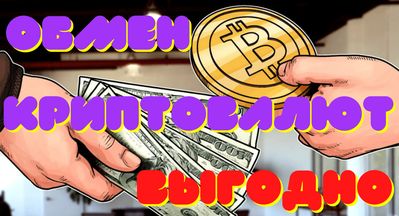Veteran Investor Peter Brandt Gives Important Trading Advice

Peter Brandt is well known for his massive experience in traditional and cryptocurrency markets, as the trader has almost 50 years of managing funds under his belt. Today, he decided to give advice to cryptocurrency and stock traders who share their ideas on Twitter.
How many successful deals should a trader have?
According to Brandt, his success rate is slightly above 50%, which is why he has been profitable for the last five decades. He also told his followers that it is okay to be wrong and he has made plenty of mistakes but has kept the golden >50% win rate.
Twitter is full of trading geniuses who are never wrong. That’s not me
I take a loss almost as often as I take a profit — win rate just >50%
If you can’t figure out how a trader can be net profitable with such a win rate, then you need put your money in your mattress pic.twitter.com/bjKW3OZKfj
— Peter Brandt (@PeterLBrandt) August 12, 2022
Brandt spoke out about «trading geniuses» who are never wrong and only share successful traders who create an image of an oracle that keeps his trade win rate far above 50% and easily doubles his or her portfolio.
If someone is unable to figure out how it is possible to make profit with such a modest percentage of profitable traders, they should keep money in a mattress, says the experienced trader and fund manager.
Can traders use his advice on crypto?
Despite being mostly a stock and derivatives trader, Peter Brandt’s advice can be easily implemented in the cryptocurrency trading industry as the rule of having more than a 50% win rate is a key to any successful trading portfolio.
But traders should also keep in mind that risk management in digital assets trading highly differs from trading stocks, bonds or anything less volatile. The lack of liquidity and trading volumes sometimes cause intraday double-digit swings on some cryptocurrencies, which makes traditional trading and investing strategies ineffective.
During the most recent correction, Bitcoin lost more than 65% of its value, while traditional indexes like SPX lost less than 25% at the absolute bottom.







 Bitcoin
Bitcoin  Ethereum
Ethereum  Tether
Tether  Dogecoin
Dogecoin  USDC
USDC  Cardano
Cardano  TRON
TRON  Chainlink
Chainlink  Stellar
Stellar  Hedera
Hedera  Bitcoin Cash
Bitcoin Cash  LEO Token
LEO Token  Litecoin
Litecoin  Cronos
Cronos  Ethereum Classic
Ethereum Classic  Monero
Monero  Dai
Dai  Algorand
Algorand  OKB
OKB  Cosmos Hub
Cosmos Hub  Stacks
Stacks  Theta Network
Theta Network  Gate
Gate  Maker
Maker  KuCoin
KuCoin  Tezos
Tezos  IOTA
IOTA  NEO
NEO  Polygon
Polygon  Zcash
Zcash  Synthetix Network
Synthetix Network  Tether Gold
Tether Gold  TrueUSD
TrueUSD  Dash
Dash  Holo
Holo  Zilliqa
Zilliqa  0x Protocol
0x Protocol  Enjin Coin
Enjin Coin  Qtum
Qtum  Siacoin
Siacoin  Basic Attention
Basic Attention  Ravencoin
Ravencoin  Bitcoin Gold
Bitcoin Gold  Decred
Decred  NEM
NEM  Ontology
Ontology  DigiByte
DigiByte  Nano
Nano  Status
Status  Hive
Hive  Huobi
Huobi  Waves
Waves  Lisk
Lisk  Numeraire
Numeraire  Steem
Steem  Pax Dollar
Pax Dollar  BUSD
BUSD  OMG Network
OMG Network  Ren
Ren  Bitcoin Diamond
Bitcoin Diamond  Bytom
Bytom